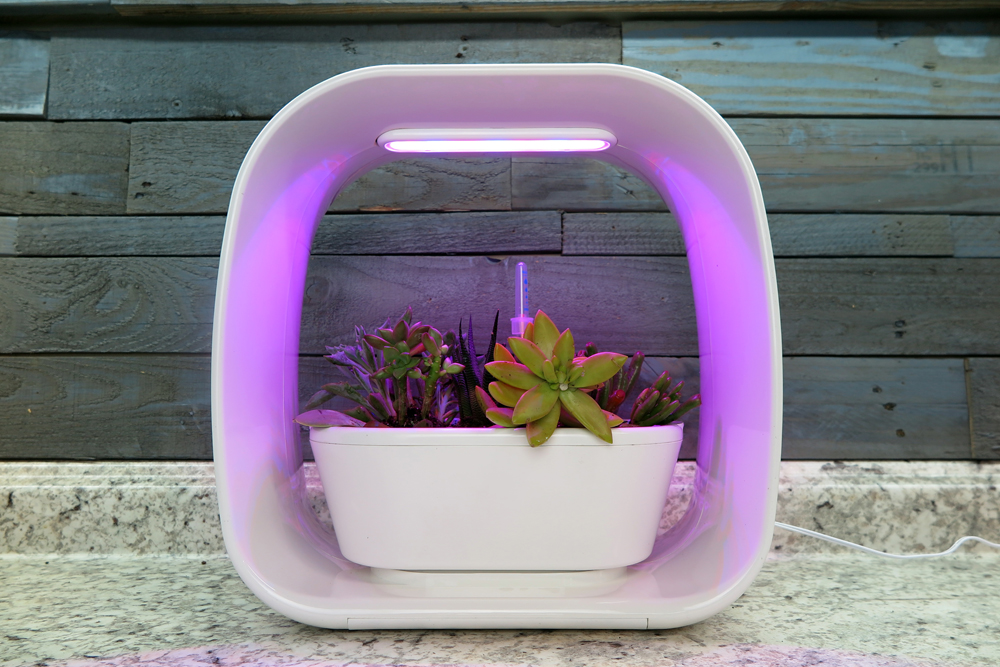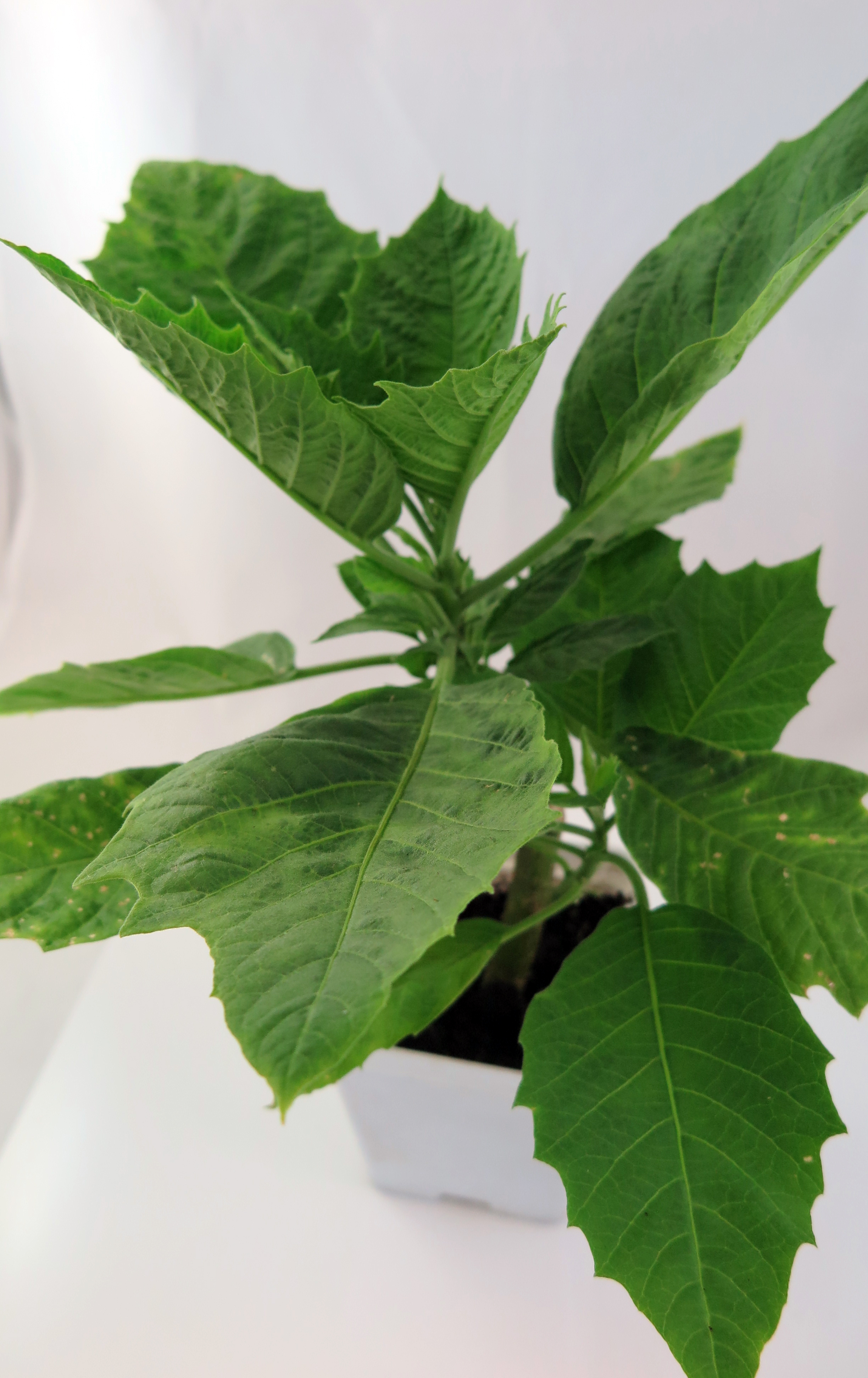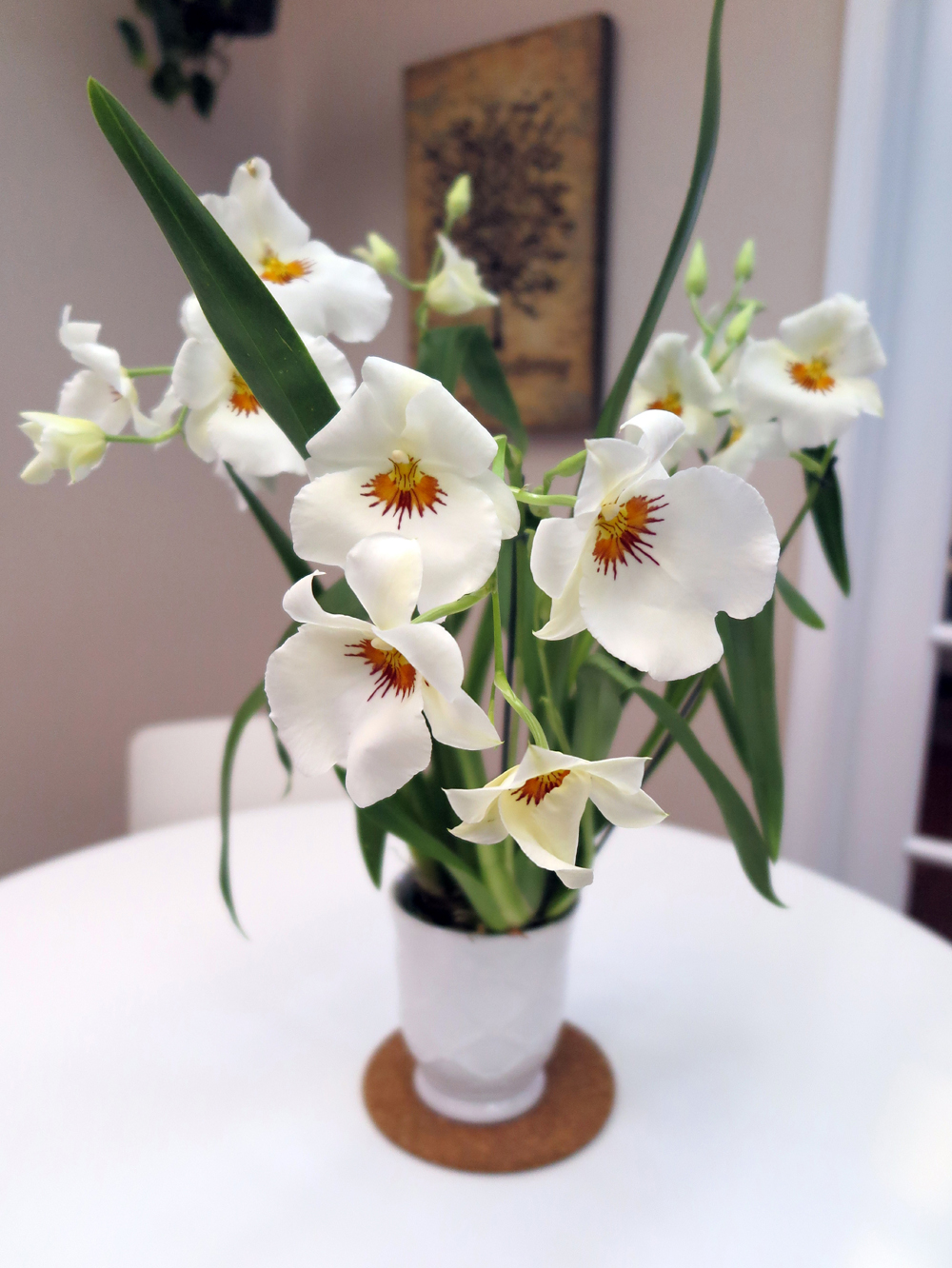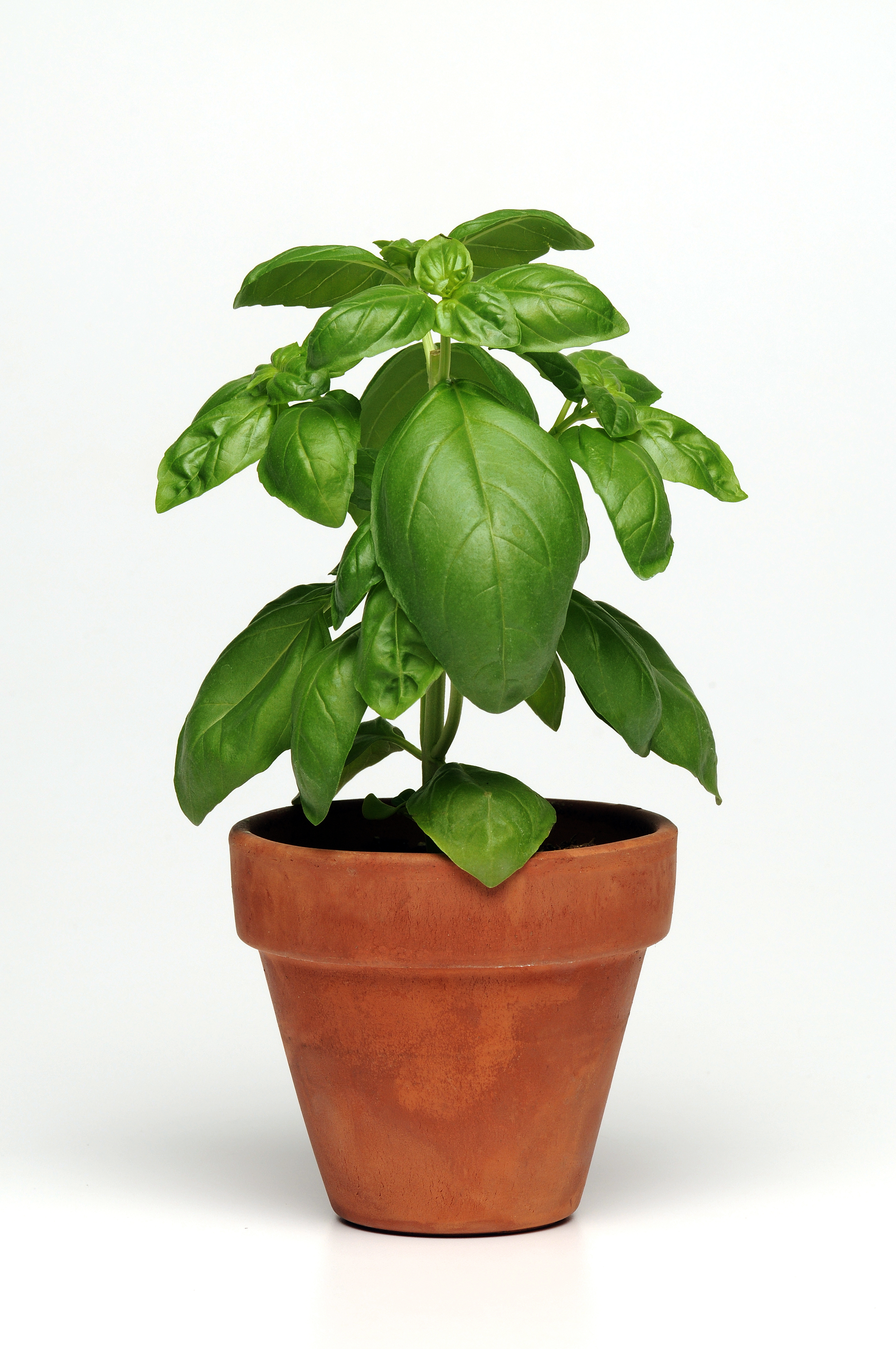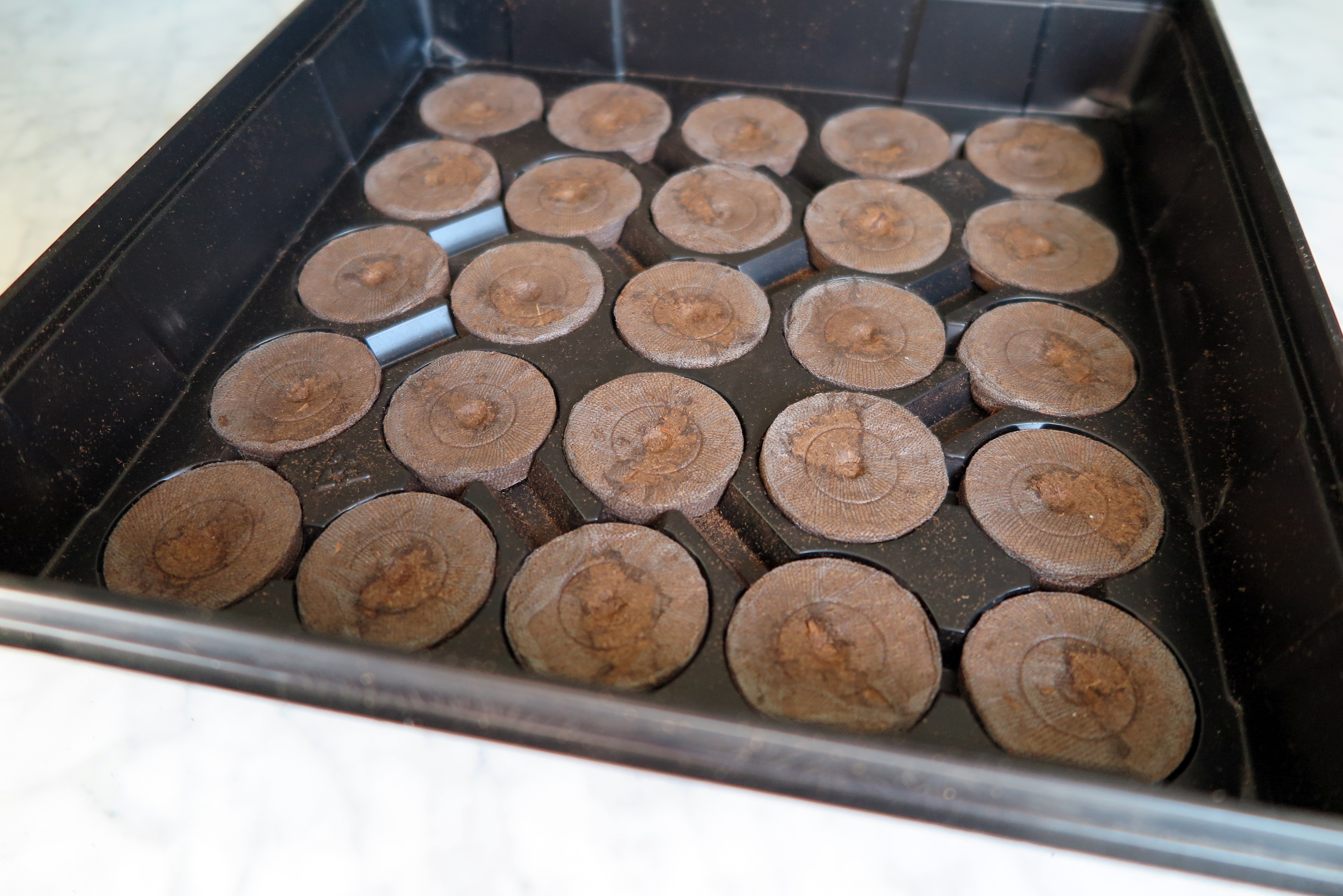Use Porous Pots to Grow Orchids Indoors
August 30, 2018
When it comes to keeping houseplants, not every plant will thrive in the same type of container. Some plants, such as orchids, do best when their roots are exposed to the air.
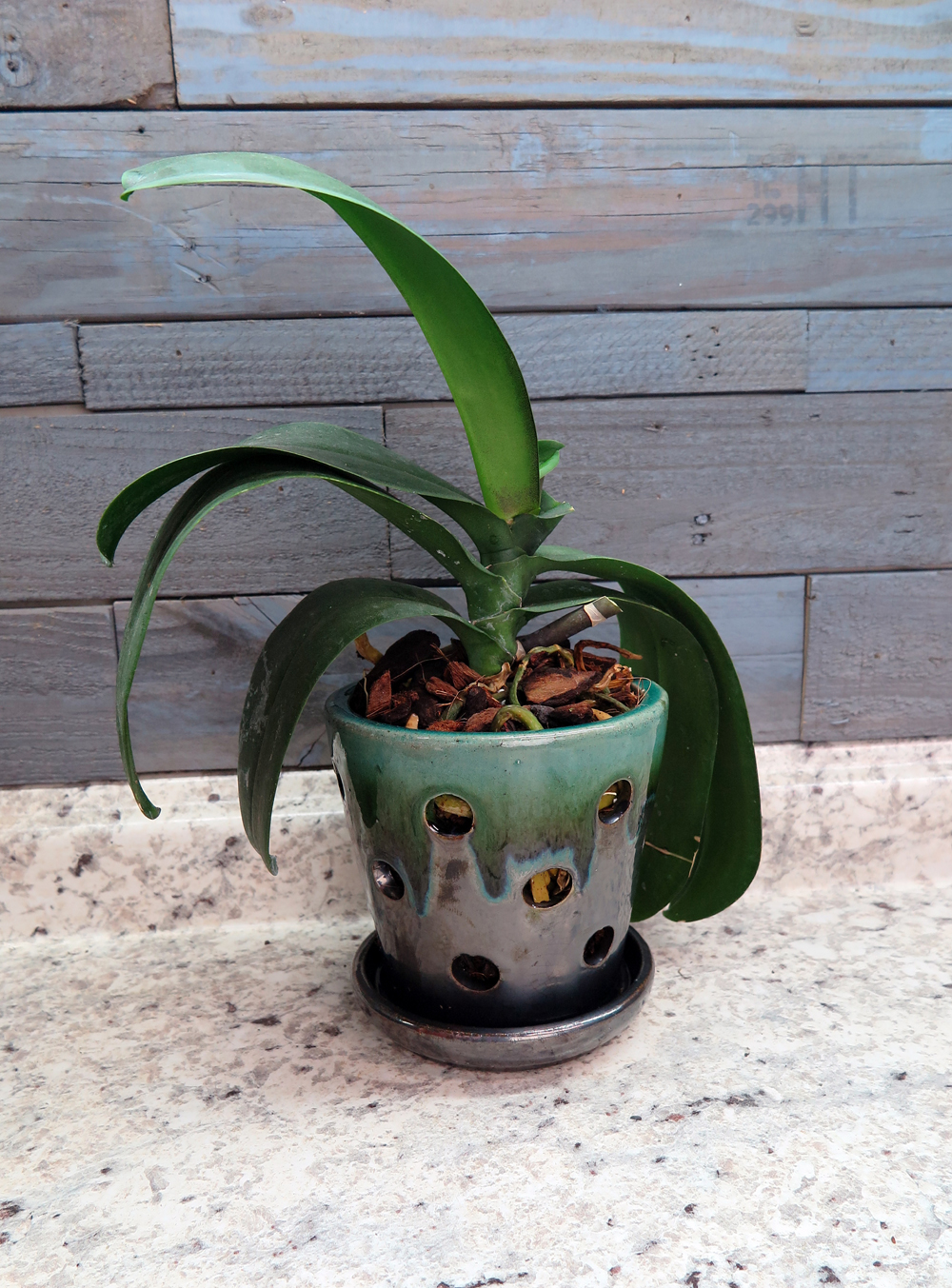
An orchid planted in a porous pot with a loose orchid bark mix.
PC: Leslie F. Halleck
Porous pots are a must for orchids. In general, most orchids prefer high humidity with a very well-drained and aerated potting mix. Many common orchids are epiphytes (air plants) that can’t survive in a wet, heavy potting mix. Look for pots with holes in them to allow orchid roots to reach the air.
New BOOK! Gardening Under Lights: The Complete Guide for Indoor Growers



